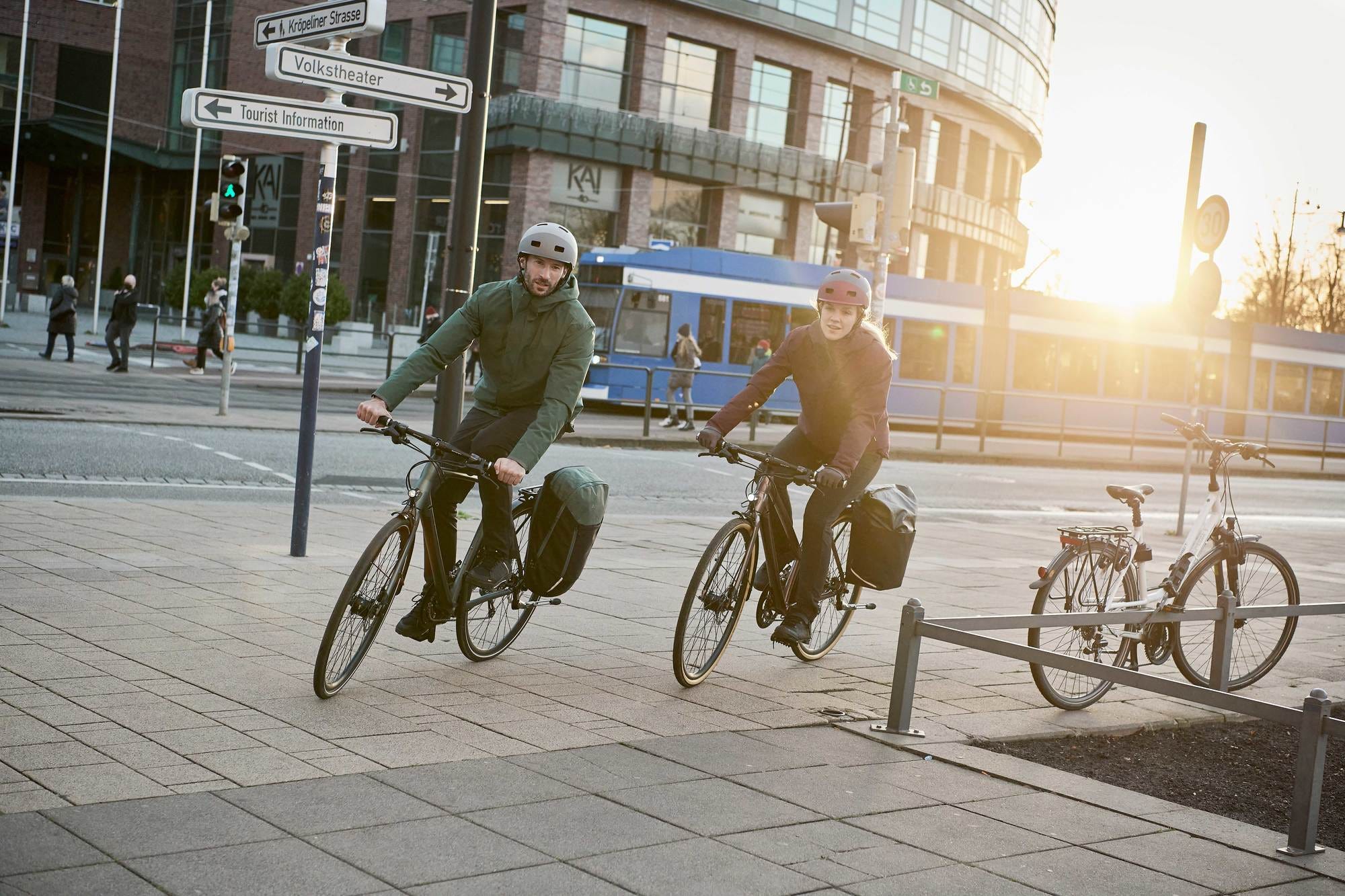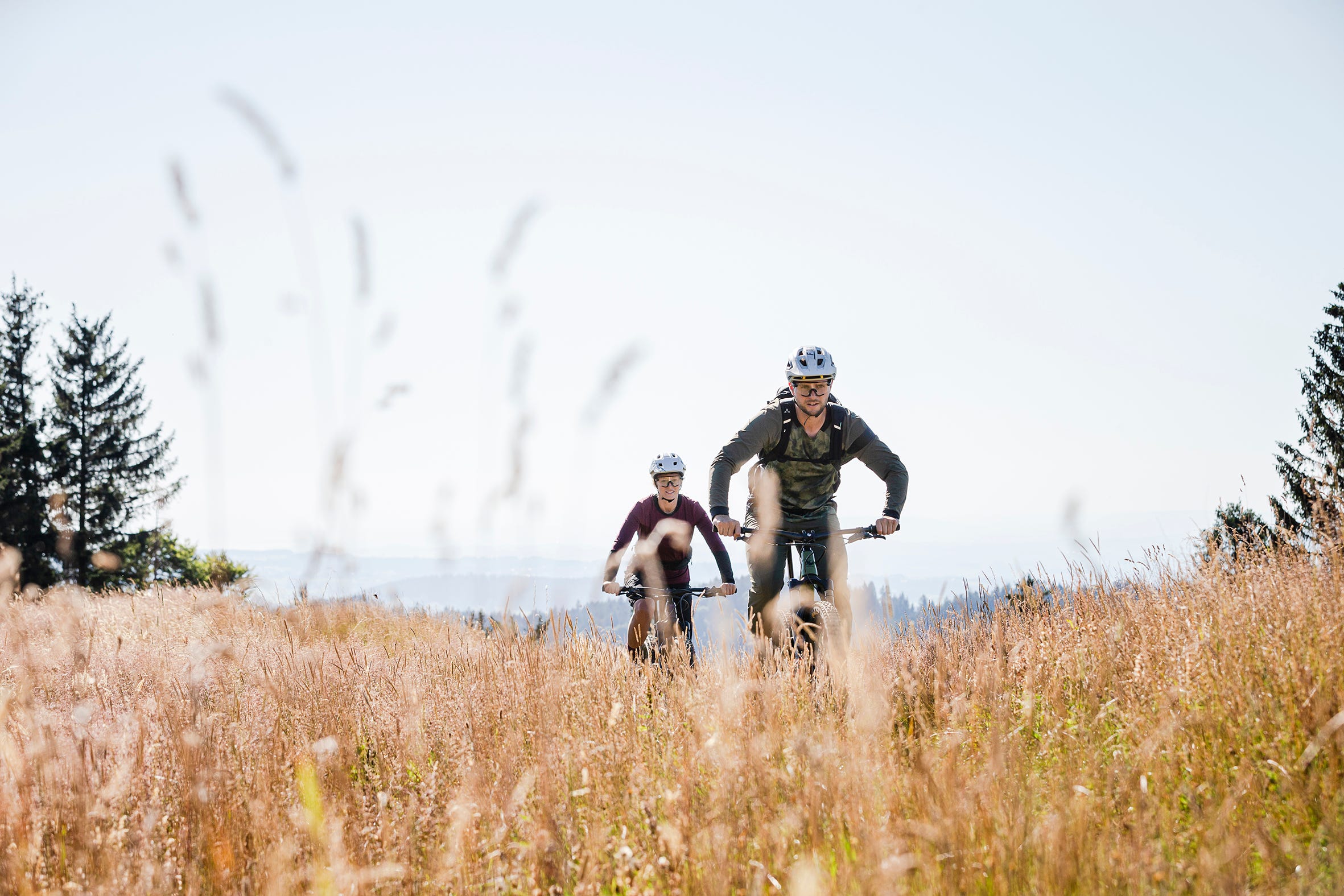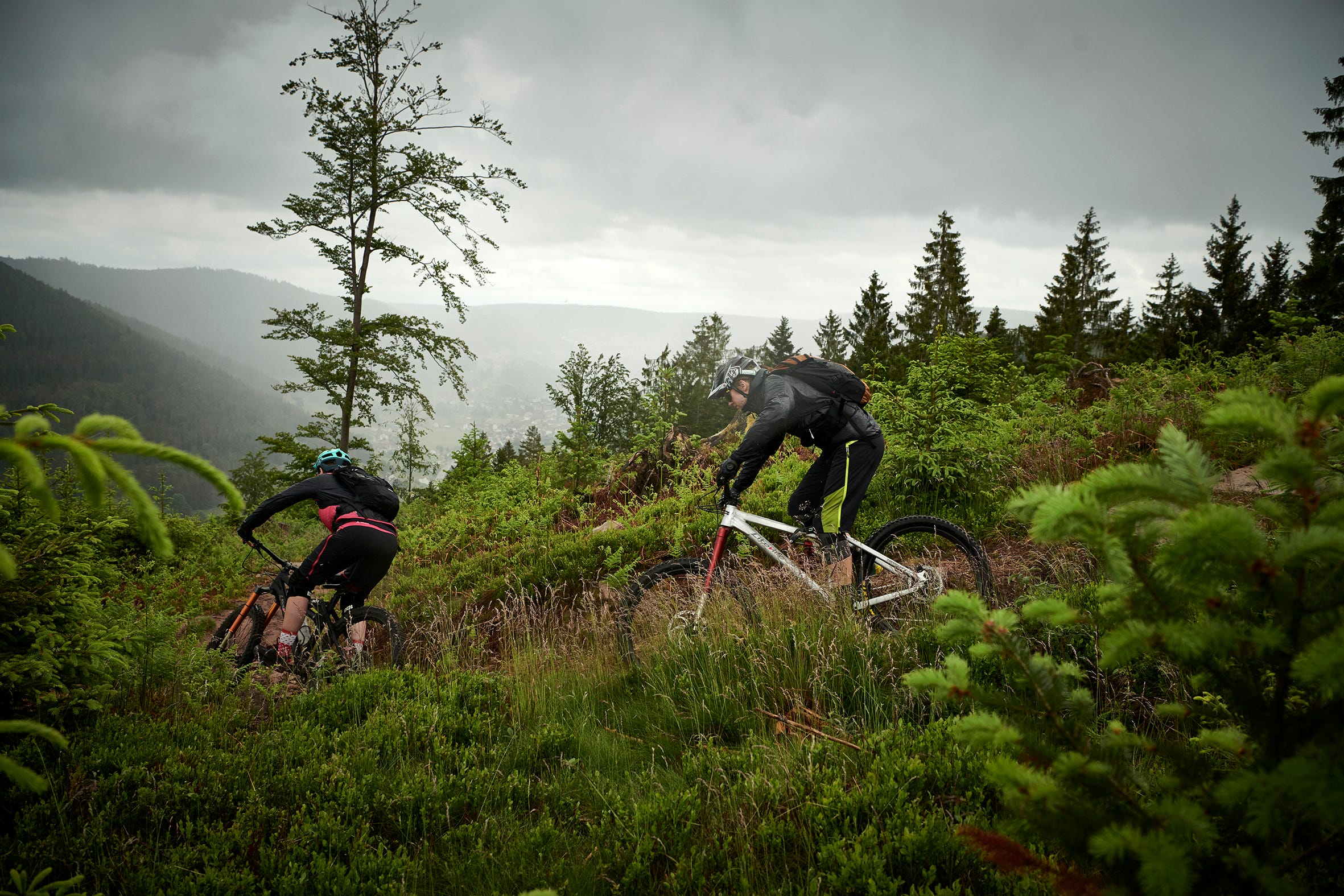ReCycling - sustainable cycling in everyday city life
Cycling in everyday city life is a trend. More and more people are rediscovering what was taken for granted as a child or on the way to school: bicycles and e-bikes are excellent means of transport for everyday life, are fun to ride and support good health. The only thing you are exposed to on a two-wheeler is wind and weather. That's why there is a wide range of special cycling clothing. We talked to two VAUDE experts* about what makes urban cycling clothing, why VAUDE has its own clothing series for it, and where the limits of these "multi-use" products lie.
"Cyclist is our special product series for urban mobility."
Alisa Focke, Product Manager for Bike Clothing at VAUDE
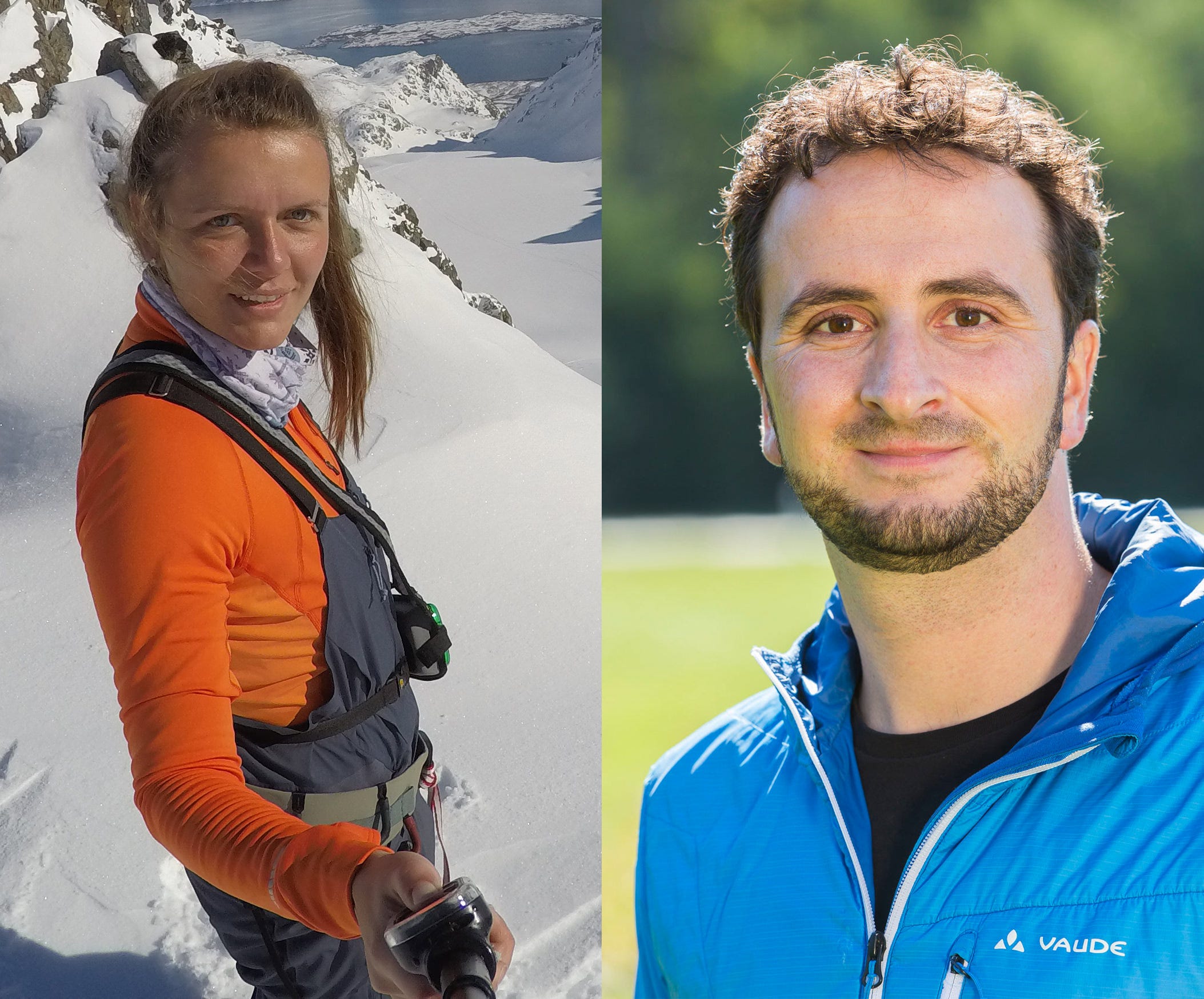

VAUDE offers many functional products in the Mountain sports, hiking and cycling segment. From a technical point of view of them would also be suitable for urban cycling. Why an extra Cyclist series?
Alisa: We have tailored the Cyclist series specifically to the special needs of everyday cyclists, such as urban commuters. Literally: For example, the clothing has its own, bike-specific cut. The back and sleeves are longer and have a specific shape for greater comfort in the cycling position. The look is also an important point. After all, you don't always want to look super sporty, especially in everyday life - but you don't want to compromise on functionality either. That's why we integrate the reflective elements very discreetly, for example. The choice of materials can also be quite different from the performance products. Function is of course the be-all and end-all, for example in terms of breathability or weather protection, but the look and feel are different than in the mountain sports or performance collections, for example through a higher proportion of natural fibers with a more textile feel or odor-reducing properties.
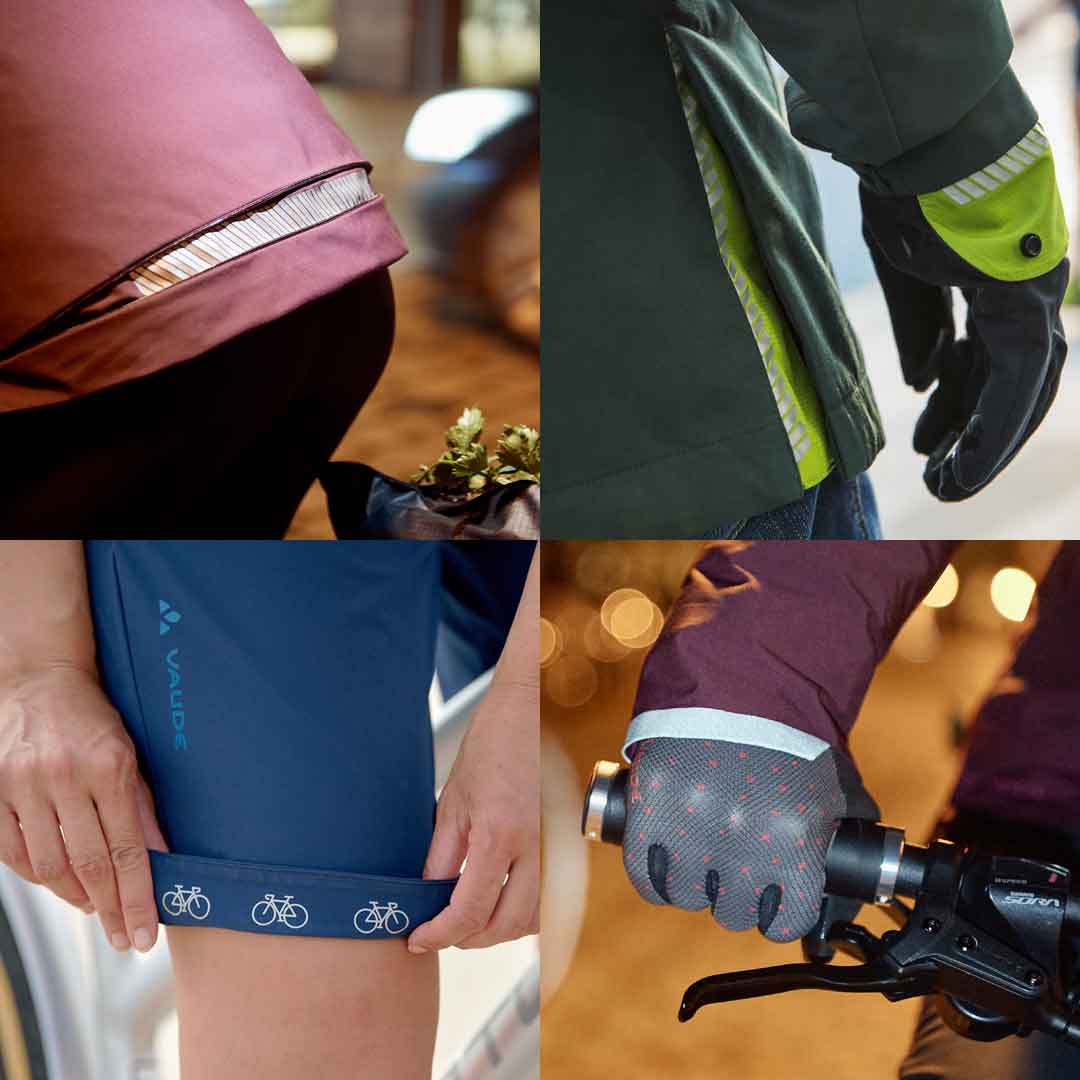

Does the Cyclist collection appeal to a completely different target a completely different target group that otherwise doesn't own any functional gear?
Gernot: We definitely notice that urban cycling and everyday cycling are booming in every respect. People who haven't done it for ages or have never done it before are getting on their bikes for everyday use. Especially in the cities. And with that, one or many identities are developing as urban cyclists with their own unique demands or needs. When we brought our first urban cycling collection in 2011, that was not yet the case. There was hardly any self-awareness or lifestyle as an urban cyclist outside of the courier scene. The collection also flopped (laughs). Today it's different. People identify themselves as cyclists, bicycles are booming. Especially due to the e-bike and urgently needed infrastructure projects. In addition, Corona was a strong trend accelerator. The risk of contagion with cycling compared to public transportation is much lower, of course.
Alisa: Absolutely! We sense a desire and willingness for a change in transportation among many people. An important factor is also a change in ecological awareness and the striving for a more sustainable lifestyle in the city. This is another reason why we are gaining other and new customers in this area in particular.
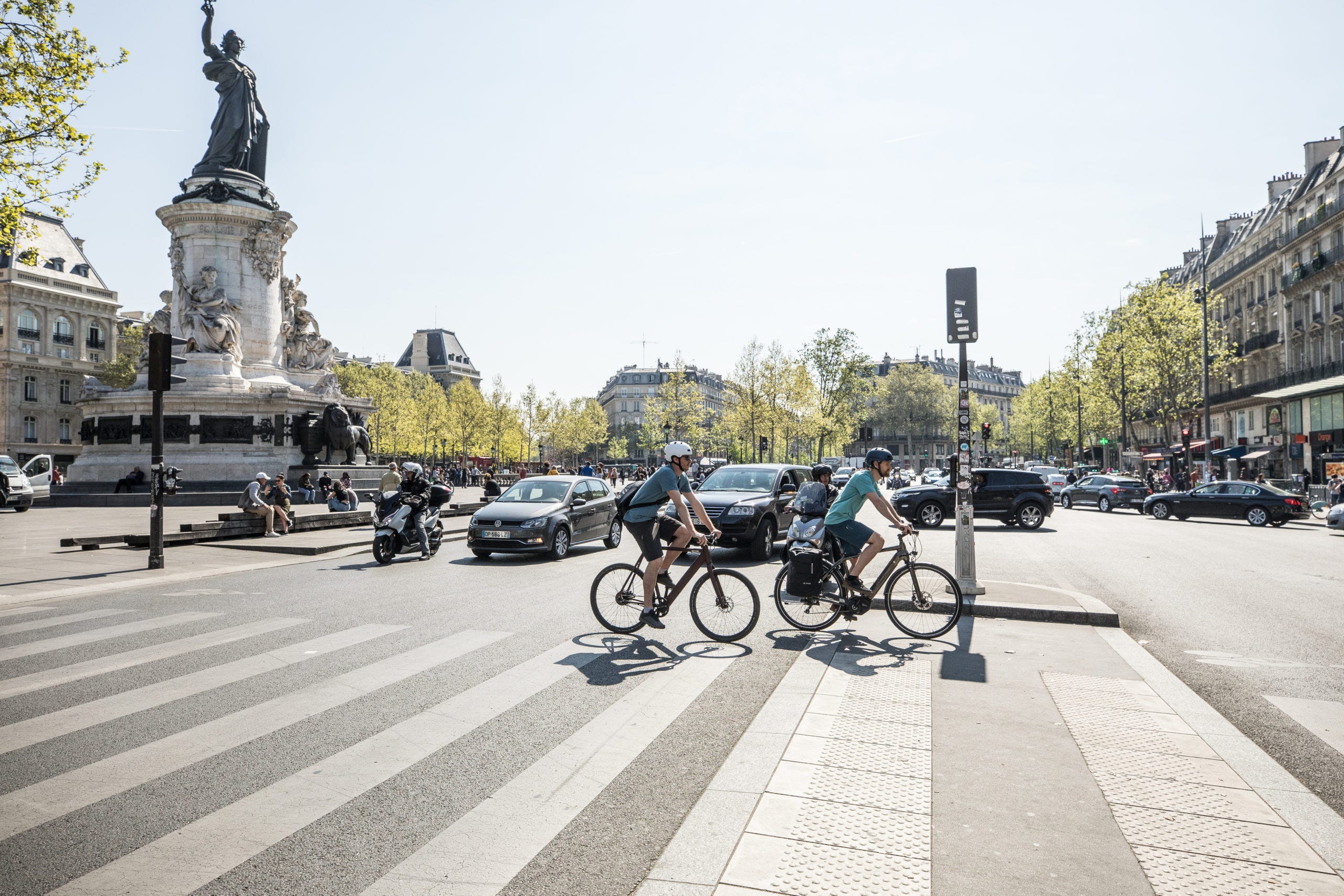

But in terms of resource consumption, wouldn't it be more more sustainable if people limited themselves to just a few "multiuse" products and use their cycling or mountain sports clothing in everyday life as well?
Gernot: That assumes that people already have their closets full of functional clothing. Especially in urban areas, however, this is often not the case at all. The Cyclist products, like all our products, have a clear area of application in which they shine and are then versatile beyond that. This is also my advice to our customers: Ask yourself two questions, "What is my main application area? Where does the product need to deliver?" - then you will know in which collection to look. "Multiuse" then covers all other areas and casual applications - because of course a Cyclist Softshell Jacket also works for hiking.
Alisa: Basically, we don't want to duplicate our products. Nevertheless, there are of course always minor overlaps, especially within the areas of bike and mountain sports. Of course an urban biker can also use Bike Sports, that's logical. But every single product and every collection has a clear focus and core application area, as Gernot calls it. We don't want to have an egg-laying lizard that can do everything a little bit, but nothing really well.
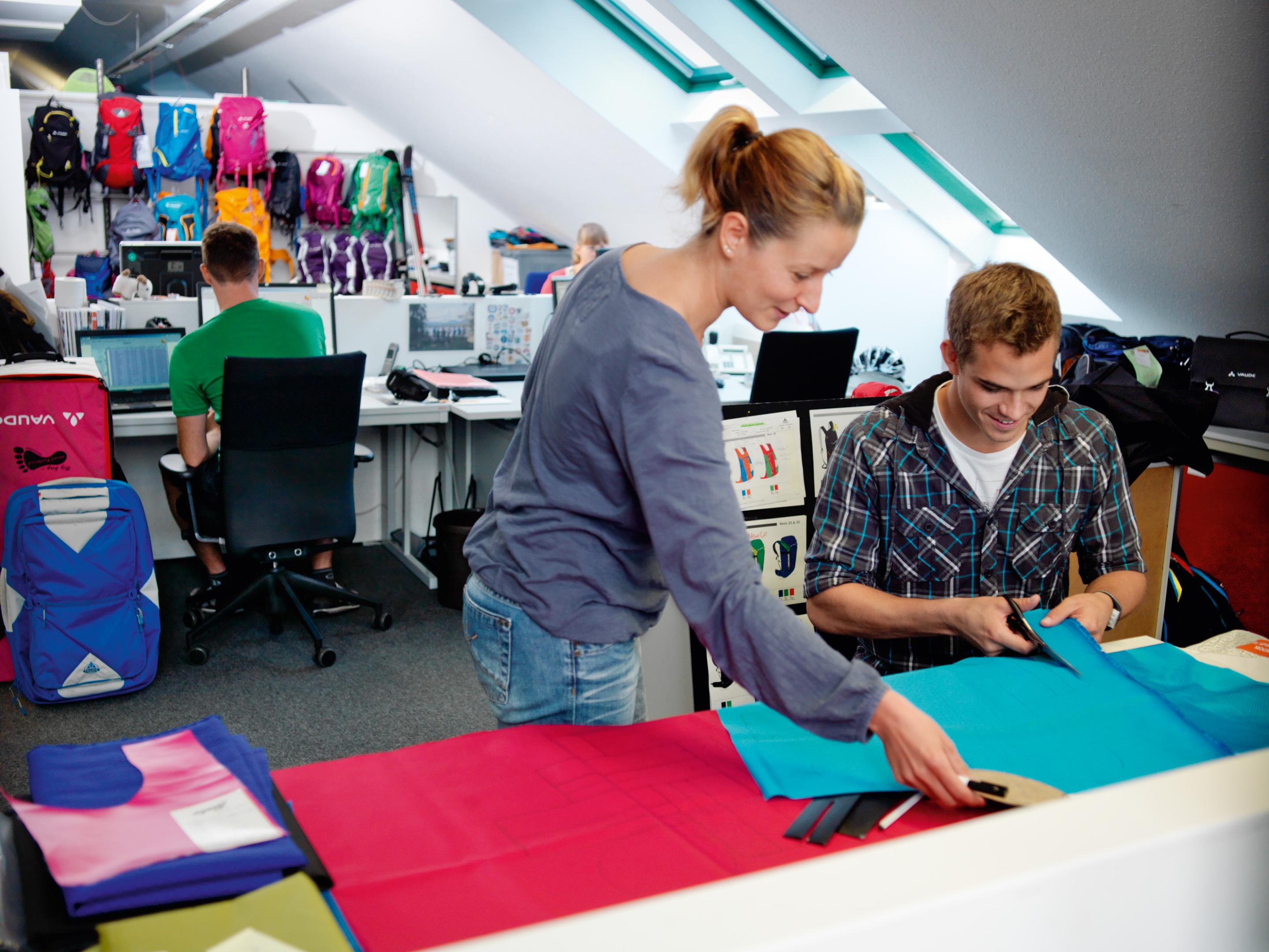

Let's take a look behind the scenes. How do you Product, how does the development work, and don't you miss the input of your athletes? The input of your athletes in the urban area?
Alisa: No. The athlete input is not missing. We are all athletes! (laughs) Seriously, we are a team that is extremely enthusiastic about cycling – many of them also ride on a daily basis. In principle, however, we do not come first in the development, but our customers and their reality of life. This also applies to urban cycling. The questions that then arise are clear: who wants to drive it? Which target group are we addressing? What are typical applications? What do our buyers want? Not only our experience helps with the answers, but also customer or specialist trade surveys. Once the framework has been clarified and the basis defined, we work hand in hand with the other departments. The materials team makes suggestions for the right material selection or, if necessary, goes into sourcing to find new materials. The design team is also on board very early on when it comes to cuts and functions.
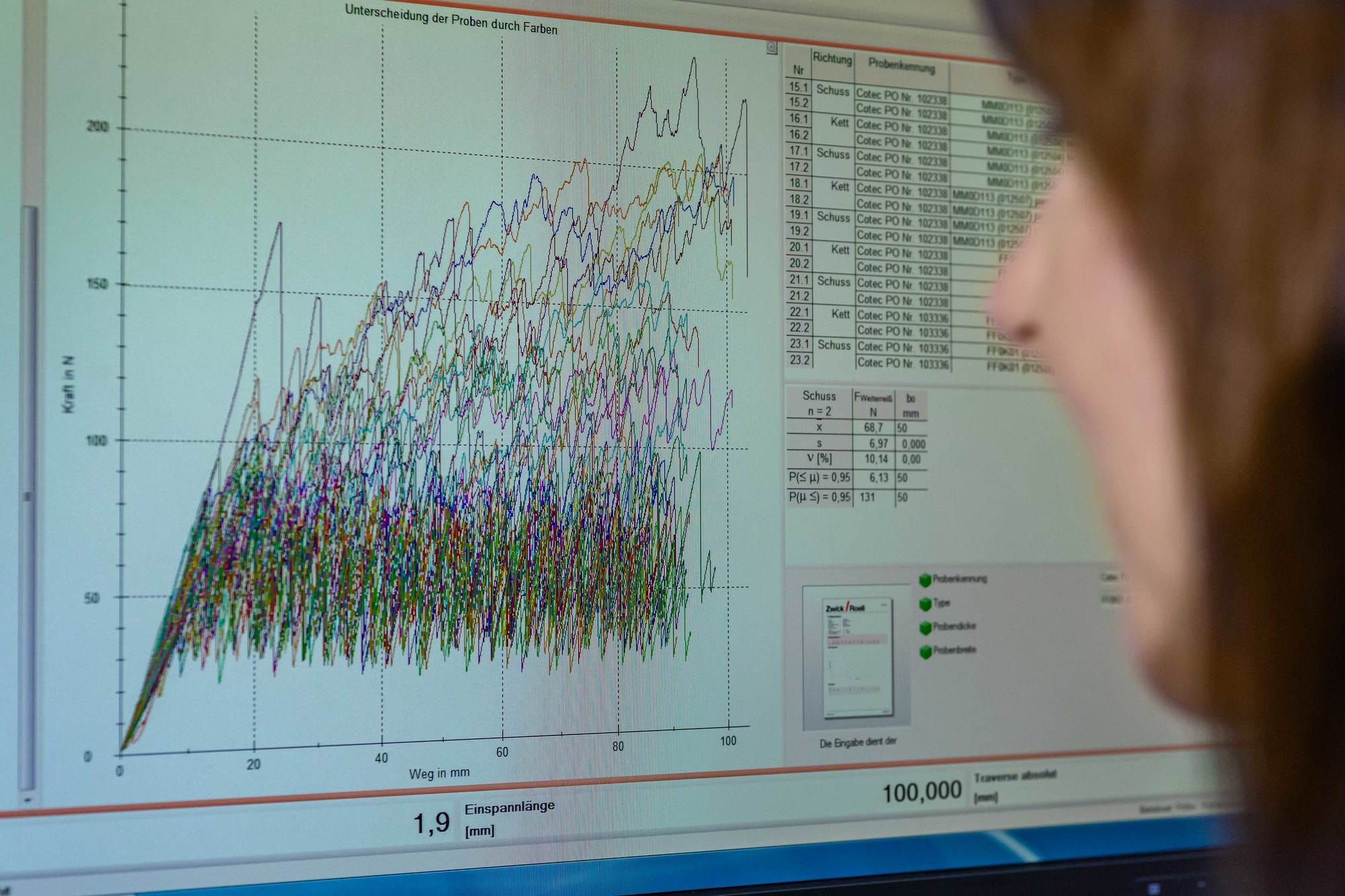

On the subject of materials - in the urban collections collections such as the Cyclist series than in the performance lines? Performance lines?
Alisa: No. We decide that from product to product and requirement to requirement. There are certain trends or tendencies in the individual segments that are reflected in the choice of materials. A natural feel is particularly important in the urban and everyday segment, for example. Basically, of course, our voluntary commitments to use sustainable materials always apply. As early as summer 2020, 97 percent of our apparel will be certified according to our strict Green Shape Standard. By 2024, our products are to be made predominantly from bio-based or recycled materials. We are making these efforts for all VAUDE products, whether urban or (mountain) sports. Both segments share many materials and benefit from our research in the area, because it's not sustainable to develop, search for or use a separate material or a new material for every single product."
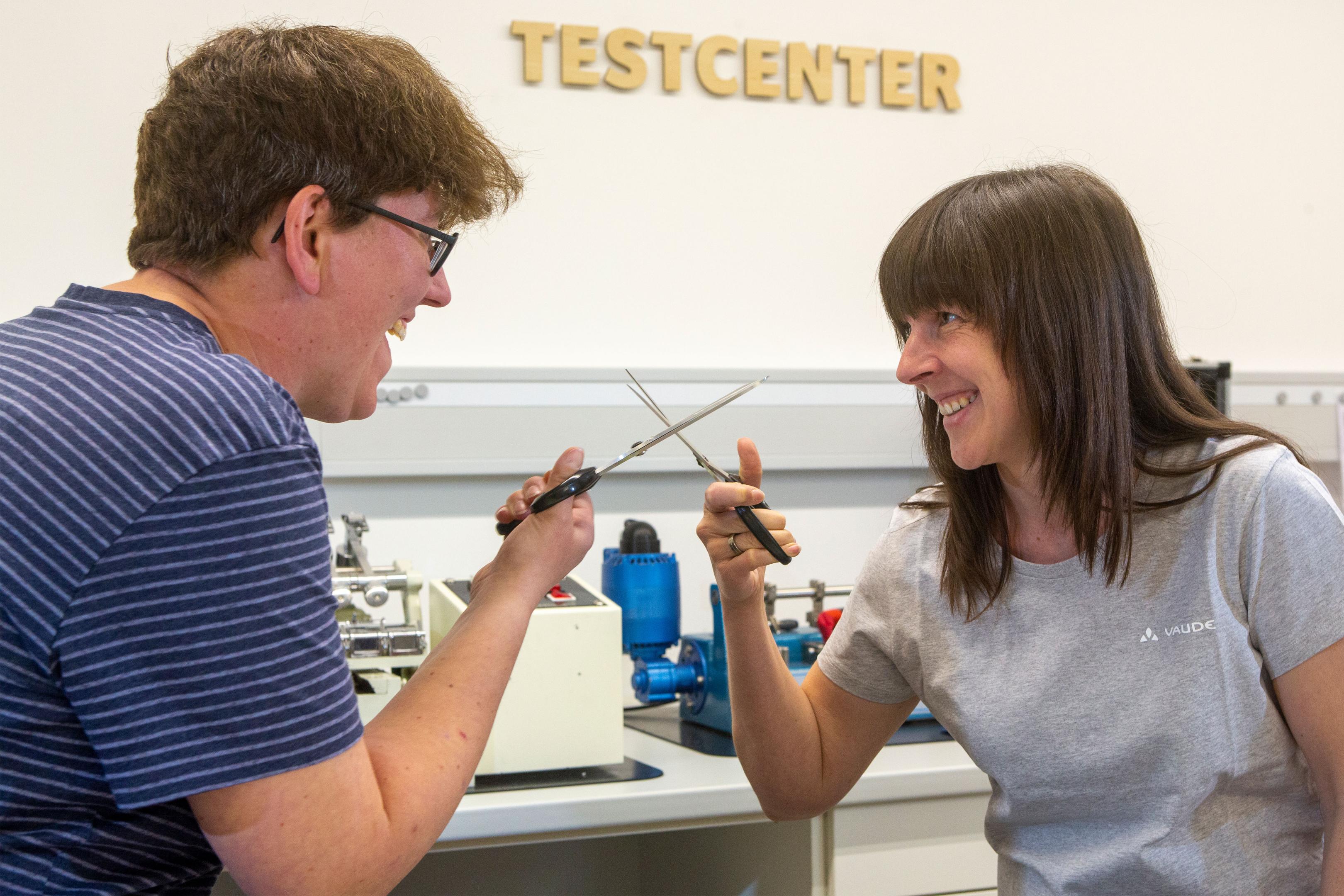

VAUDE also offers bike bags for commuters. The waterproof Are even made in Germany - directly at VAUDE's headquarters in Tettnang-Obereisenbach Tettnang-Obereisenbach. Why aren't they part of the Cycling collection?
Gernot: That's right. A is an essential part of urban mobility. For everyday cyclists and commuters, they are an extremely important piece of equipment. Just like other products that are also not called Cyclist. The TVL Asfalt Dualflex is one such example: a shoe made specifically for urban cycling. But many bags existed long before Cyclist clothing. Especially the waterproof bike bags are a significant product for us, because we manufacture them here in Tettnang and all products from our manufacture PVC-free and climate neutral. We don't change the names retroactively, because a name change brings a number of disadvantages for us and our retail partners. That's why we don't make a hard cut, but rather successively standardize product names on the basis of application and life realities .
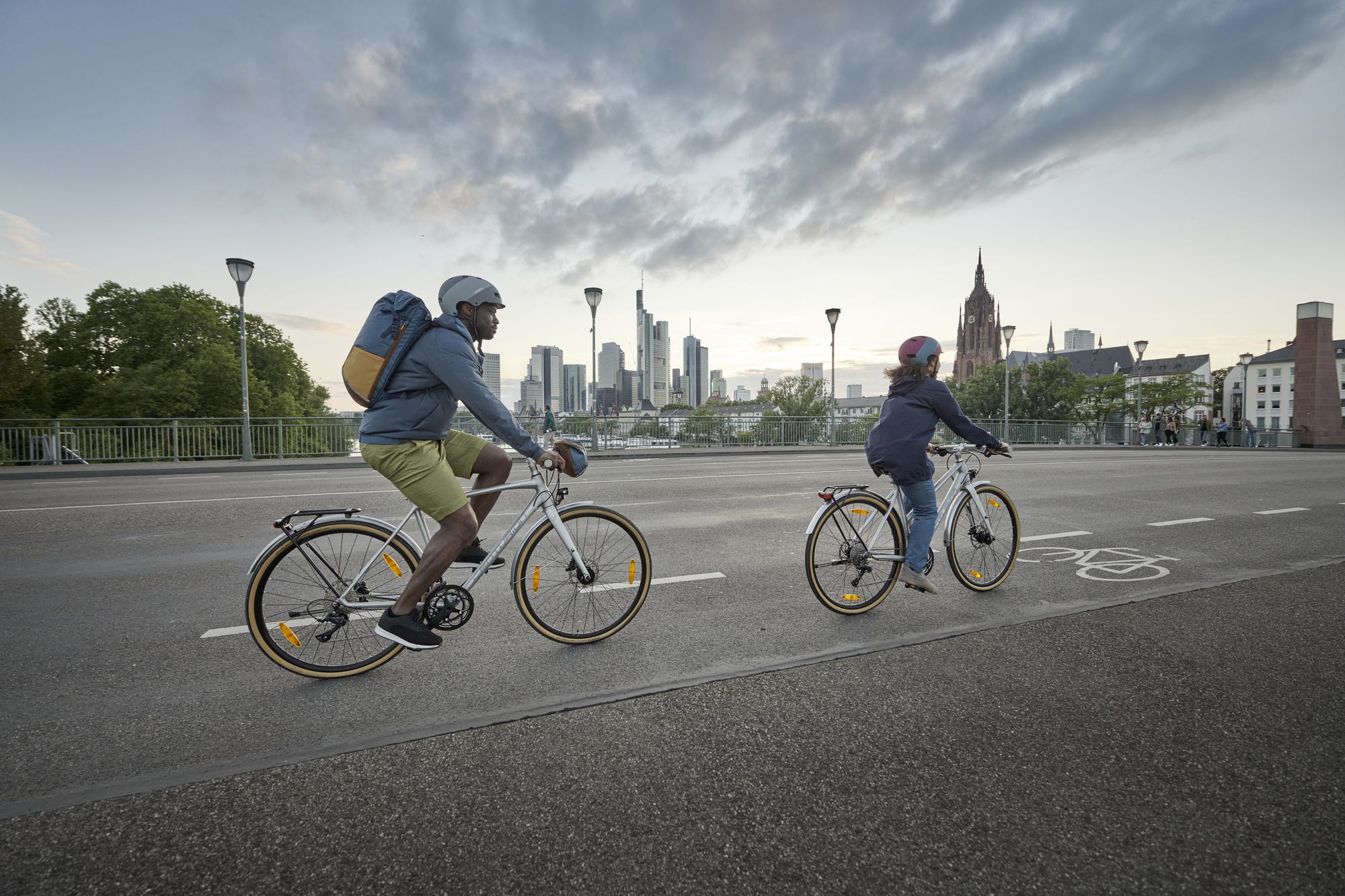

Away from technology - towards application. Some Despite the bicycle boom, some people still find it difficult to get on their every day. What's your top tip for them?
Gernot: Create routines! If I have to think and decide anew every day, that's stress and it's all too easy to make excuses for yourself (laughs). So be ready, come what may! Check the weather, pack in the evening, get your equipment ready! Once you've got that down pat, the biggest hurdle is cleared. If you've been cycling to work regularly for a while, you'll also notice how much less stressed you start the day and how good the activity feels.
Alisa: The old saying is just true - there is no such thing as bad weather, only inappropriate clothing. So don't let the weather deter you, because there are solutions for that. No matter if it's warm or cold, wet or dry. And just enjoy how much fun it is to exercise in the fresh air.
Urban favorites from our Expert:inside: Cyclist Rain Jacket (left) and Cyclist Hybrid Jacket (right). Image: VAUDE
Speaking of proper clothing. What are your personal favorites from the Cyclist collection?
Alisa: For me, it's the Cyclist Hybrid Jacket. The perfect companion on winter days. Very breathable, even with sporty driving. In addition, nevertheless, a high insulation, wind and water repellent and simply very stylish. In addition, still made with recycled materials. The perfect transitional jacket both on the bike, as well as in leisure or in the office.
Gernot: Then I choose the Cyclist Rain Jacket. You don't often find a waterproof stretch material. Many people think of "waterproof" as a shiny, rustling plastic bag. That doesn't have to be the case. The material feels incredibly textile, almost velvety, and the jacket is completely waterproof and windproof, ideal for the daily commute to work.
Thank you very much for the interview!
Responsibility is what drives VAUDE CEO Antje von Dewitz and her entire team. We think entrepreneurship means keeping the impact on people and the environment in mind when we act. That's why we launched Green Shape, our own sustainability label, in 2010. Since then, a lot has happened - the percentage of Green Shape products in our collection has increased steeply year after year, and the criteria for Green Shape, which were strict from the beginning, are continuously being developed and tightened. This year we are aiming for external accreditation for Green Shape as an environmental standard. After more than 10 years now, we proudly look back on our Green Shape success story.
